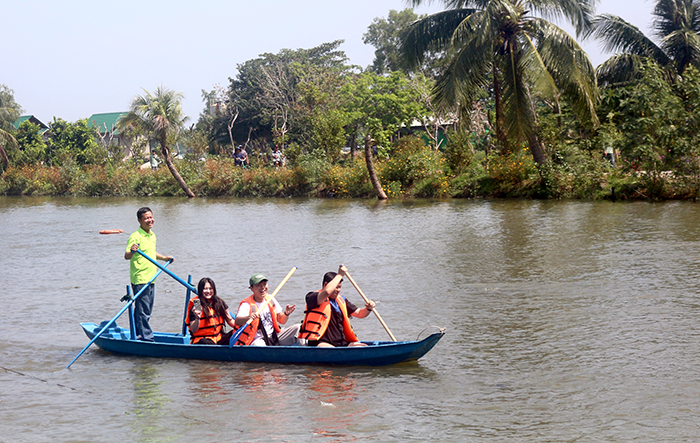
Korean tourists rowing a boat at the eco -tourism site of Con Son. Photo: Kieu Mai
Many solutions and recommendations for Can Tho tourism development
Can Tho currently has about 113 tourist areas, spots, and gardens; including 8 typical tourist spots in the Mekong Delta. The city currently has 108 cultural and historical relic sites, of which 33 are exploited to welcome tourists. The city has 869 accommodation establishments, about 14,560 rooms, including 144 hotels from 1 to 5 stars. At the same time, there are 80 travel service businesses, including 21 international travel service businesses operating in the city.
Can Tho's resource system is diverse, suitable for developing many tourism products: ecological, river, cultural - historical, MICE (tourism combined with conferences, seminars, events)... However, Can Tho tourism has not yet fully exploited the values of its resources. There is a lack of specialized, high-end tourism products, and competitiveness is not high. Infrastructure serving tourism is still limited, affecting tourists' access to destinations, especially waterway infrastructure. Some roads and wharves serving tourism are degraded; there are not many large-scale tourism projects in operation, so river tourism has not yet developed as expected. Meanwhile, Can Tho International Airport currently only operates domestic flights. Tourism businesses in Can Tho are mostly small and medium-sized...
Mr. Tran Thanh Thai, Director of Mekong Smile Tourism Trading Joint Stock Company, commented: “Based on market analysis data, river and eco-tourism products in Can Tho are still chosen by many tourists. From a travel perspective, we have many unique products about Cai Rang floating market or combined river products that attract tourists. Therefore, we recommend that Can Tho should focus on developing green tourism and preserving Cai Rang floating market”. Floating markets are a cultural feature of Can Tho and the Mekong Delta, and are also a highlight to attract international tourists. Therefore, it is necessary to have effective conservation solutions and policies; combining the intangible cultural heritage of Don Ca Tai Tu to build quality shows on certain days of the week, creating more experiences at the floating market.
Ms. Doan Mai Thanh, representative of Victoria Can Tho Hotel, said: “We should build tourism products from indigenous culture; for example, restoring and developing traditional craft villages; making baskets, making conical hats, weaving mats; developing agricultural and community tourism. We need to encourage farm models where visitors participate in the production, harvesting and processing of agricultural products. This is a green and sustainable tourism trend, highly appreciated by international visitors.” Ms. Doan Mai Thanh also said that Cai Rang floating market should be preserved as a “living museum” of river culture, combining floating cuisine and amateur music performances. She also proposed building the brand “Can Tho Night” as a unique art product, including performing arts programs: amateur music, Khmer dance, drums... introducing the culture of ethnic groups in Can Tho. Along with that is the development of festival and event tourism: fruit festivals, food festivals, river festivals... to attract tourists, especially international visitors, to learn about the culture and local communities.
Sharing the same view, Ms. Nguyen Nhu Huynh, representative of Muong Dinh Lodge, said: “Experiential products associated with indigenous culture, agriculture and local communities are currently very popular. Each community will have different stories, lifestyles and experiences with indigenous cultural depth to attract tourists”. This is a sustainable direction because it brings benefits to all parties: indigenous residents, tourism businesses and tourists.
Meanwhile, Mr. Nguyen Huu Hoang, Deputy Director of My Khanh Tourist Village, also said: "Can Tho now has a new position, so we should build a new Can Tho tourism brand, in which we need to review tourism products to have planning orientations and renew the product chain system. The new brand and product system need to have a more systematic and professional promotion and communication plan with key markets. Specifically, the locality can build a Can Tho Tourism Festival with roadshows, a series of promotional events that need to focus on key markets such as Ho Chi Minh City, Hanoi, and Da Nang."
Orientation of tourism development in Can Tho
Based on post-merger resources, Can Tho tourism industry aims to develop diversified products based on exploiting the strengths of river ecology, MICE and other supporting types such as: culture - history, community, agriculture... The locality is building mechanisms and policies to create conditions for strategic investors to form complex tourism service areas, large-scale tourism service projects, shopping centers, high-quality cultural and artistic entertainment in key areas. From there, gradually improve the quality and competitiveness of products and services; promote MICE tourism, develop river products associated with Cai Rang floating market; diversify and improve the quality of night tourism products...
At the same time, cultural events and festivals will be renewed and expanded, such as: Southern Traditional Cake Festival, Pink Trumpet Flower Week, Chroi Rum Chek Festival, Ooc Om Boc Festival - Ngo Boat Racing, Can Tho River Culture Festival... In which, Can Tho River Culture Festival (expected to take place from December 27, 2025 to January 1, 2026) is the first activity to take place. The festival aims to raise public awareness in environmental protection, especially river ecosystems, encourage sustainable tourism development; enhance the effective exploitation of resources and tourism products on rivers; develop inner-city tours, connect river tourism in Ho Chi Minh City, Can Tho City with the Mekong Delta, expand tours with countries along the Mekong River...
The local tourism industry is also surveying and systematizing resources to have appropriate planning. In Can Tho, there are currently many tourism projects, such as: Preserving and promoting the value of the national intangible cultural heritage of the traditional craft "Pia cake making"; Developing community tourism in the old Hau Giang province until 2025, with a vision to 2030, planning projects related to Cai Rang floating market, the island system... With the orientation of developing green and sustainable tourism, the city creates conditions for localities and tourism businesses to build models and green experience destinations combining indigenous culture, encouraging businesses to implement green criteria for tourism, converting tourist boats to electric motors; building policies to support the development of community tourism, eco-tourism, developing tourism from agriculture; having solutions to protect the environment, collecting waste on rivers and canals...
Regarding infrastructure and tourism planning, the city has been proposing to the Government, the Ministry of Construction, and Vietnam Airports Corporation to support the promotion with airlines to open more routes, serving the development of tourism and the economy of the whole region. At the same time, there are planning orientations for wharves and ports associated with the development of river tourism...
AI LAM
Source: https://baocantho.com.vn/dinh-vi-lai-san-pham-va-thuong-hieu-du-lich-can-tho-a193247.html


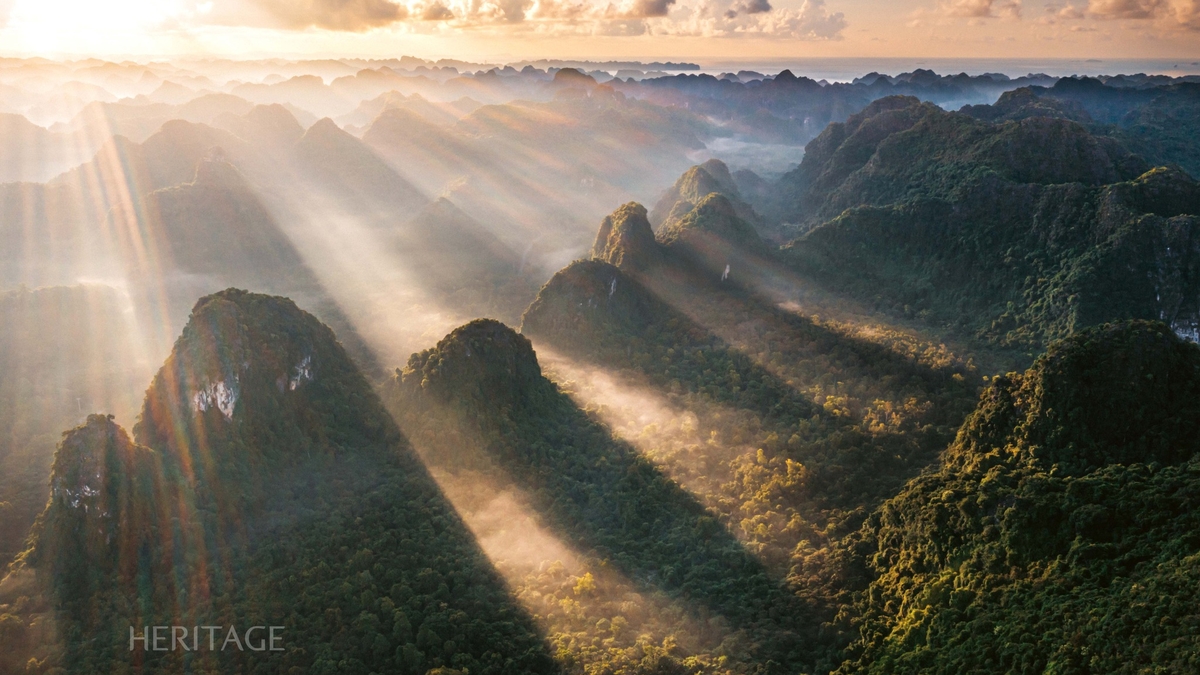


![[Photo] Prime Minister Pham Minh Chinh attends the 5th National Press Awards Ceremony on preventing and combating corruption, waste and negativity](https://vphoto.vietnam.vn/thumb/1200x675/vietnam/resource/IMAGE/2025/10/31/1761881588160_dsc-8359-jpg.webp)
![[Photo] Da Nang: Water gradually recedes, local authorities take advantage of the cleanup](https://vphoto.vietnam.vn/thumb/1200x675/vietnam/resource/IMAGE/2025/10/31/1761897188943_ndo_tr_2-jpg.webp)
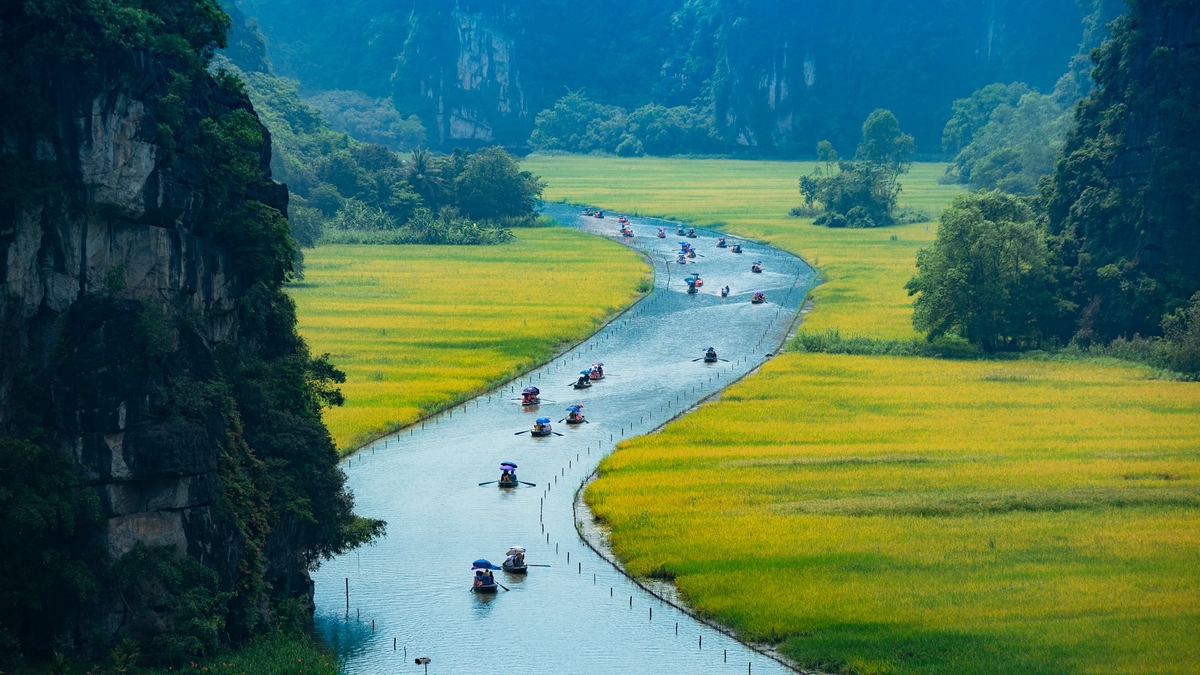
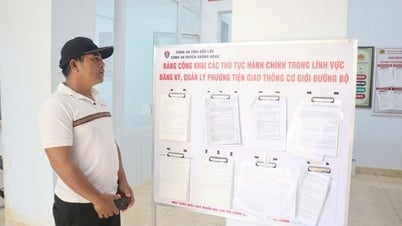

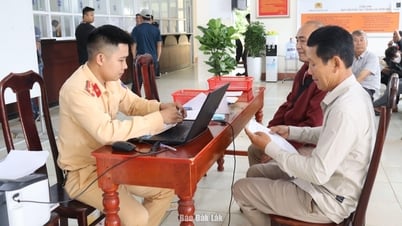
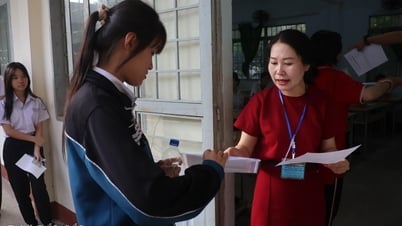
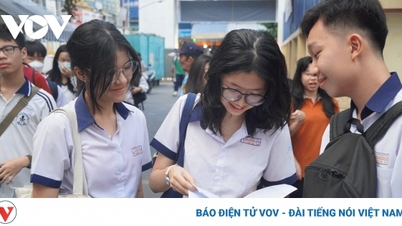

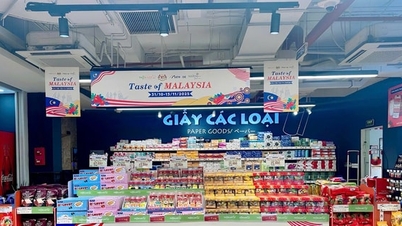

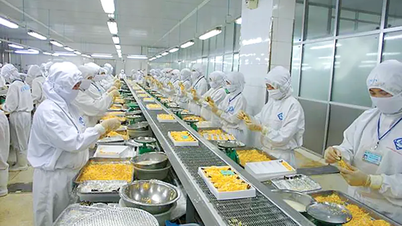
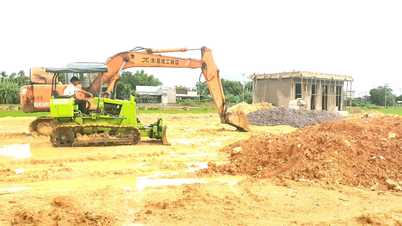

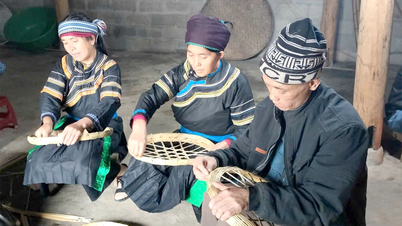

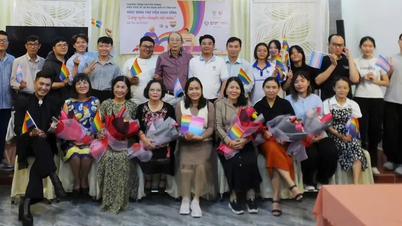
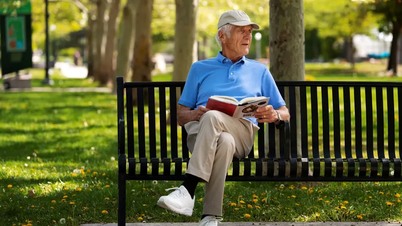




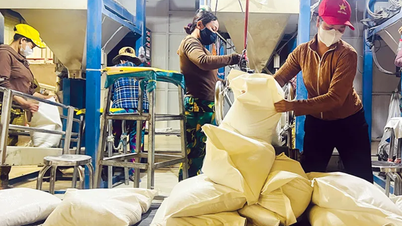
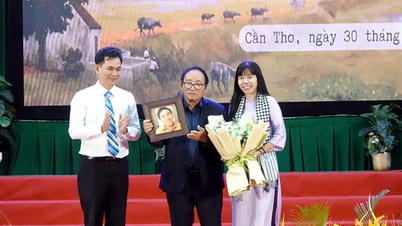
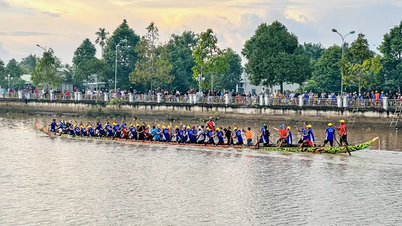
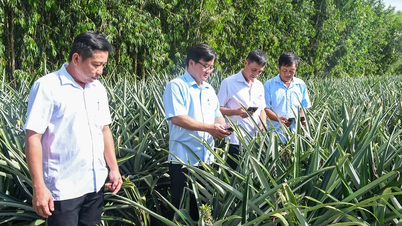
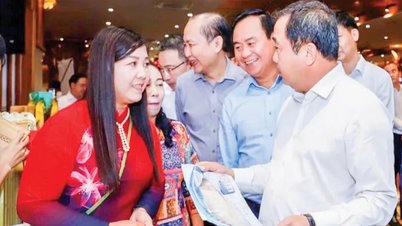
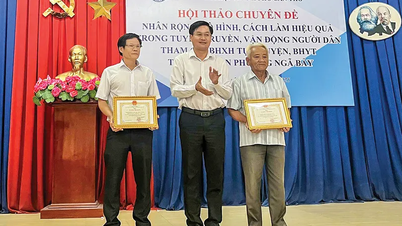
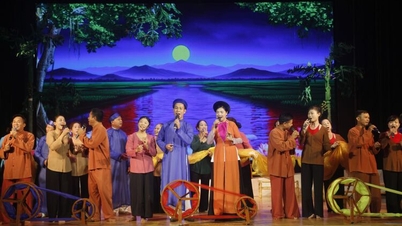

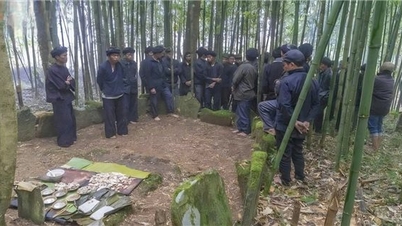

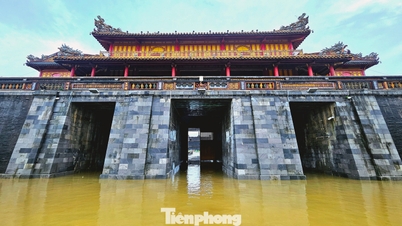

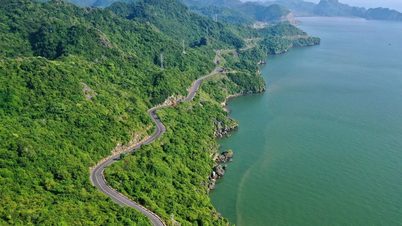

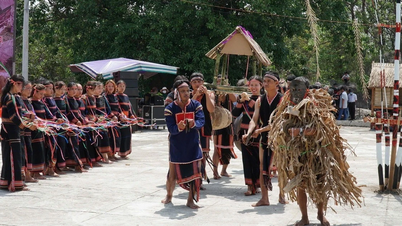



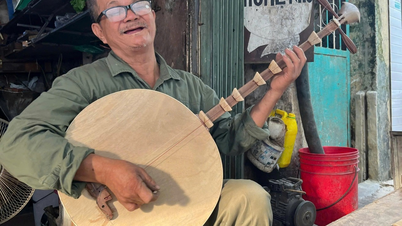





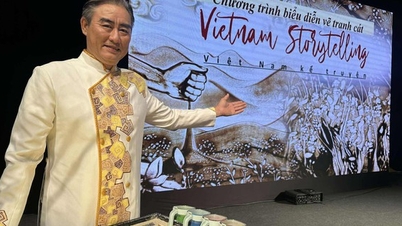


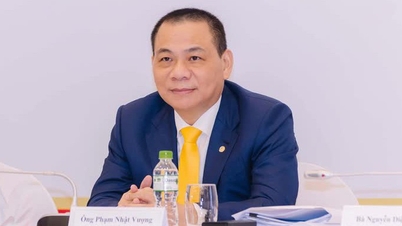

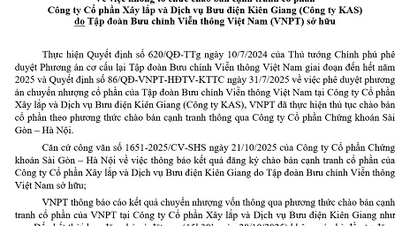


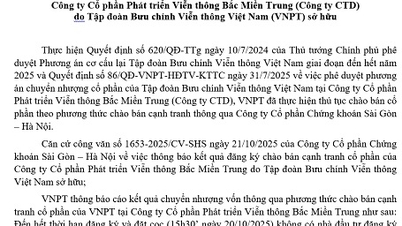
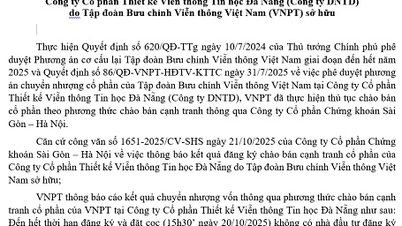






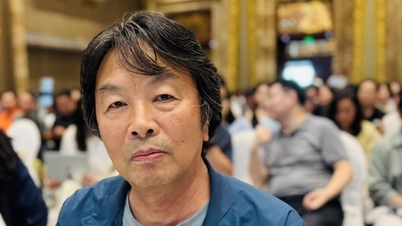

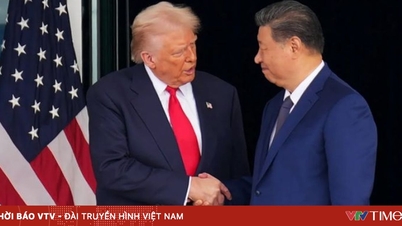

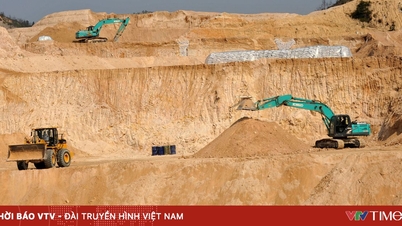


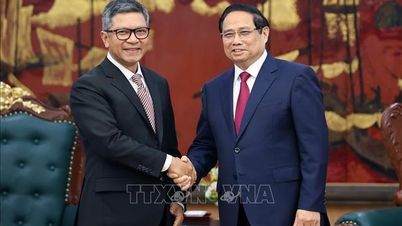
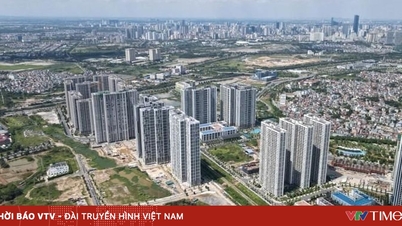
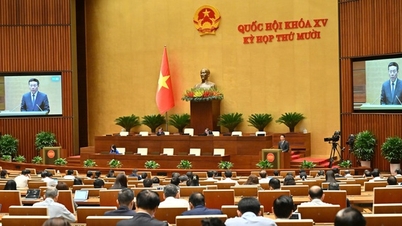

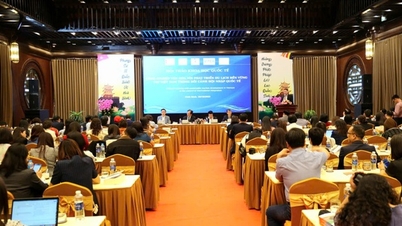
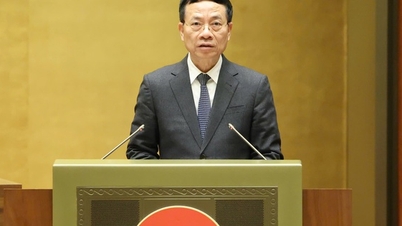
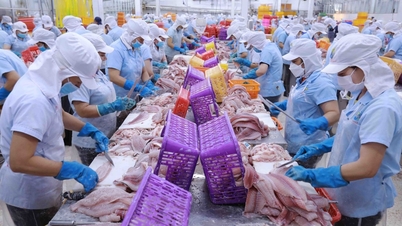

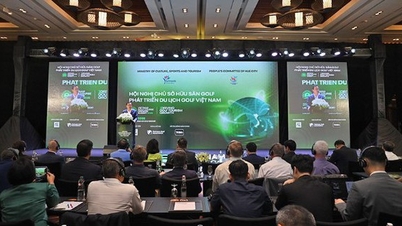
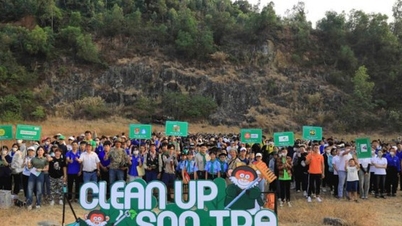
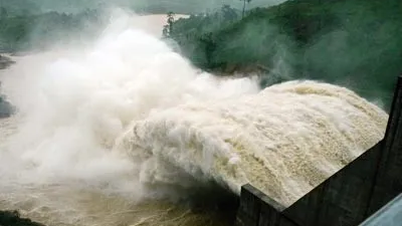





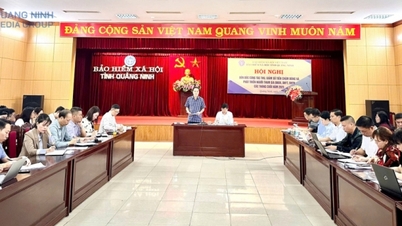

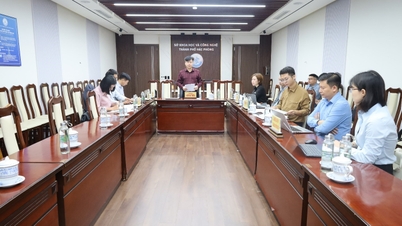














Comment (0)